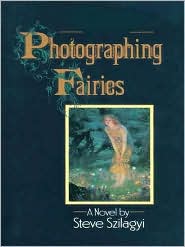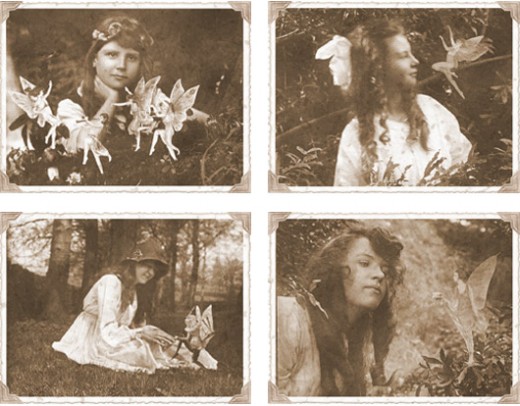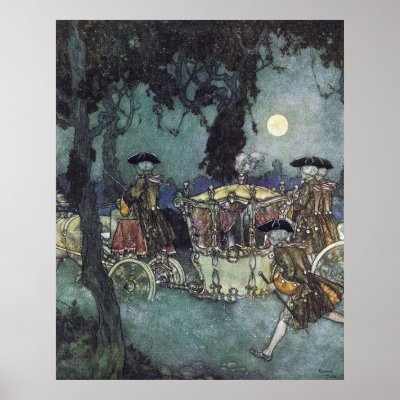In a certain kingdom lived a tsar with three sons. The tsar dreamed that beyong the thrice ninth land, in the thirtieth kingdom, was a beautiful maiden from whose hands and feet flowed rivers of youth.
The tsar's oldest son, Dmitri, volunteered to go in search of this maiden. He took with him one hundred thousand men and rode for months, asking for news of the maiden whose hands and feet produced the waters of youth. No one could help him until he finally reached an old man who knew what Dmitri wanted, but warned him he could not go there-the rivers that led to the kingdom with the maiden were to be crossed with ferries, and those who drove the ferries would demand first his right hand, then his left foot, and then his head. Discouraged, the prince returned home and claimed he had heard nothing of the maiden.
The second son, Vassili, went on the same search-taking again one hundred thousand men, he came to Baba-Yaga's hut. Baba-Yaga gave him the same information as the old man had given his brother, and he too left for home, unwilling to part with his limbs and head.

"Baba Yaga" by Ivan Bilibin
The youngest son was Ivan. He went on the same journey, but took with him only his good steed and sword. He found Baba-Yaga's hut and was again told of the ferrymen who would take his hand, foot, and head, but Ivan said "one head is not much," and ventured forth. He came to the first ferry and rode across the river. When the ferrymen demanded his hand, Ivan replied, "oh, I want that for myself!", struck the ferrymen down with his sword, and crossing the other rivers in the same way.
Ivan came across a giant who threatened him, and realizing he could not defeat the giant, took a different way through the forest, and came across a woman who gave him
magic herbs and a ball. The herbs caused the giant to sleep and the ball led Ivan to the Princess. The woman told him that the Princess would ride out with her maidens to green meadows to amuse herself for nine days, then return home and sleep the hero's sleep for nine days and nights.
Ivan found everything as the old woman had told him, and the Princess was so beautiful he could not take his eyes off of her. When the Princess and her maidens fell into the nine days' hero's sleep, he took a flask of her healing water and left. When the Princess awoke, she was furious and came after Ivan. When she overtook him, she struck him with her sword in the chest. But as the maiden looked on him, pity seized her, and she placed her hand on his wound, and the healing water closed the wound and Ivan was revived. The maiden asked for him to take her as a wife, to which he agreed, and sent him home for three years.
However, when Ivan returned home, his brothers stole the healing water, drugged him, and threw him in a pit. When Ivan revived, he made his way to an underground kingdom. He saw some young unprotected birds and sheltered them-in thanks, their mother offered to do anything for Ivan, and he asked that she bear him to the upper world. When Ivan finally returned home, his father believed the lies that his brothers had told him and exiled Ivan, who had to wait for the three years to pass.
Finally his princess returned and demanded that the man who stole the water be sent to her. Dmitri came first, and the Princess' children were waiting with her. "Is that our father?" they asked.
"No, that is your uncle."
"How shall we meet him?"
"Take each one a whip and flog him back home."
The same fate met Vassily when he came out, but when Ivan was summoned, the Princess told her sons to go meet their father and lead him to her, and there was much kissing and embracing. The tsar drove his eldest sons from the castle and lived with Ivan and his family.
*This is a Russian folktale. I was expecting there to be water of death because of the title, but I guess it makes you realize that even the waters of youth could not help the evil brothers when justice caught up to them.























